
Canon Patents Imprecise EXIF Data for Shooters Concerned with Privacy
9 out of 10 adults in America believe that people are over-sharing sensitive personal information.

9 out of 10 adults in America believe that people are over-sharing sensitive personal information.
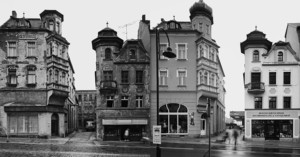
Photographer Stefan Koppelkamm first photographed East Germany in 1990 after the fall of the Berlin Wall but before the reunification. He revisited the same locations a decade later, and rephotographed them from exactly the same viewpoints to document the drastic social and economic transformations that came about during the time between the photos.
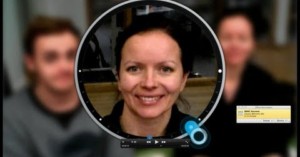
The new BlackBerry 10 operating system was unveiled BlackBerry World 2012 today, and one of the amazing new features that wowed the crowd was the camera app. It features a seemingly-magical "timeline" lens that lets you rewind sections of photographs in order to recover moments that your fingers weren't fast enough to capture. Did your subject blink in the photo? No worries... simply rewind their face and you're good to go! Basically, the camera is constantly capturing frames as soon as the app is loaded, so there's always a small buffer of previous moments stored for you to recover.
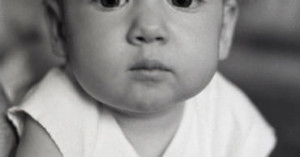
Ever since she entered the world 30 some-odd years ago, Alison has had her father Jack Radcliffe's camera pointed at her. Radcliffe, a Baltimore, MD-based photographer, started out by documenting her life casually as new parents commonly do, but slowly became more interested in the relationships involved in growing up.
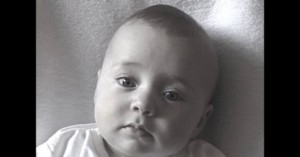
After his daughter Lotte was born, Dutch photographer Frans Hofmeester began creating weekly …
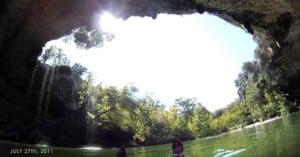
Cesar Kuriyama spent a couple years saving enough money to take an entire …
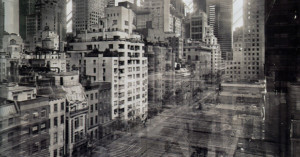
German photographer Michael Wesely has spent decades working on techniques for extremely long camera exposures -- usually between two to three years. In the mid-1990s, he began using the technique to document urban development over time, capturing years of building projects in single frames. In 1997, he focused his cameras on the rebuilding of Potsdamer Platz in Berlin, and in 2001 he began photographing the Museum of Modern Art's ambitious renovation project. He uses filters and extremely small apertures to reduce the amount of light striking the film, creating unique images that capture both space and time.
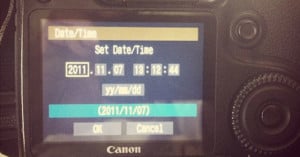
Daylight saving time started this past Sunday. Unless you’ve been operating an hour off from those around you, you …
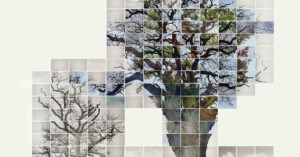
Photographer Noel Myles has been working for the past 15 years on "still films" of trees across the countryside of eastern England. He originally created platinum/palladium prints of the trees around the year 2000, and then photographed the trees a decade later using color film. He then combined pieces from the different photos into single mosaics, which he tells us are "the antithesis of the notion of a decisive moment".
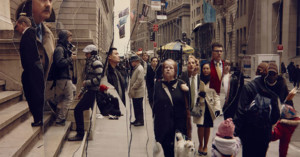
For his project titled Time, photographer John Clang shoots various locations multiple times from the same perspective, and then rips and weaves the photographs together to show multiple points in time in each image.
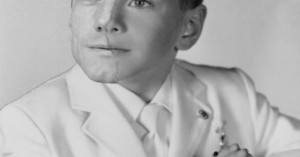
AgeMaps is a project by photographer Bobby Neel Adams in which he does "photo surgery" on portraits to show two different moments in a person's life in the same image. For each subject, Adams takes a childhood photo and a current photo, prints them at the same proportions, tears them in half, and glues the halves together. He says that this is to "telescope the slow process of aging into a single picture," and that "a jump of time is established at the tear."
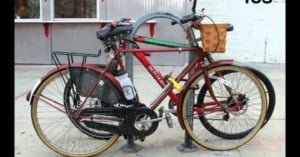
Red Peak Branding conducted an experiment last year in which they chained a …
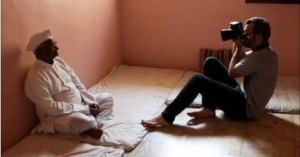
TIME magazine named “The Protester” as its “Person of the Year” last year. This behind-the-scenes video shows how photographer …
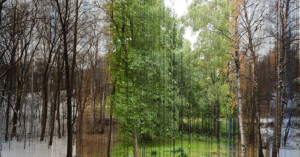
While we're on the subject of photos captured over the course of one year, check out this crazy time-lapse photograph by Eirik Solheim of Oslo, Norway (whose time-lapse video work we've featured before).
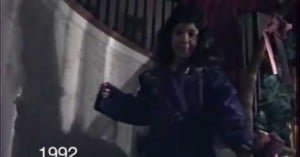
For 25 years, YouTube user spoonito‘s father would record footage of spoonito and …
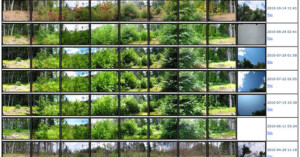
Picture Post is an interesting (and NASA-funded) citizen science project that turns photographers into citizen scientists, crowdsourcing the task of environmental monitoring. Anyone around the world can install a Picture Post:
A Picture Post is a 4”x4” post made of wood or recycled plastic with enough of the post buried in the ground so it extends below the frost line and stays secure throughout the year. Atop the post is a small octagonal-shaped platform or cap on which you can rest your camera to take a series of nine photographs.
People who walk by can then use the guide on the post to capture 9 photos in all directions, and upload them to the Picture Post website. The resulting panoramas can then be browsed by date, giving a cool look at how a particular location changes over time.
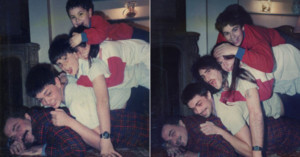
After her "Back to the Future" project went viral last year, photographer Irina Werning is back with a second set of time-bending photographs. Like in the first set, Werning finds decades-old photographs and recreates them as accurately as she can with the original subjects.

Here’s a super-awesome way of using stop-motion photography to announce the birth of a new baby.
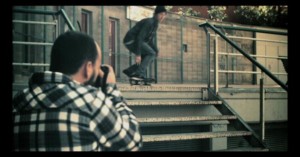
So this is how some photographers always manage to capture awesome action shots… Now if only Neo or Max …
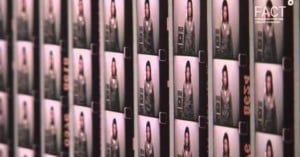
Daily photo projects have become quite popular as of late, and a number of viral time-lapse videos feature people who take one self-portrait a day over many years. However, if you think taking a photo every day requires a crazy amount of dedication, you ain't seen nothing yet.
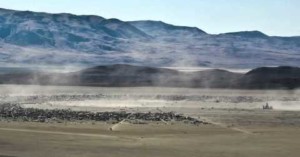
Earlier this year, UT Austin grad student Matthew Goodman set up a Canon …

Instagram just celebrated its first birthday last week, and now early …
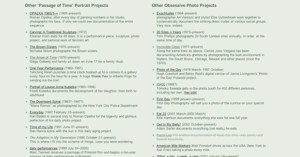
Artist Jonathan Keller Keller first started taking a self-portrait of himself every day …

Google Street View is neat in that it allows you to step into …
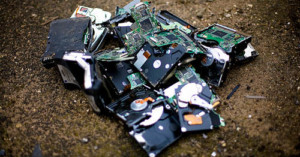
It seems like everyone has access to some kind of camera these days, but will the digital images captured survive long enough to become part of the historical record of our time for future generations?
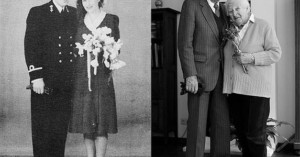
For his project "Back from the Future", photographer Sander Koot asked his subjects to find old photos of themselves that brought back good memories. He then made portraits of those people reliving those happy moments.
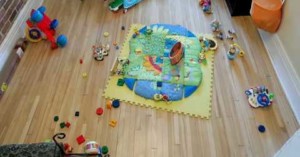
What does four hours of a toddler playing look like when compressed into 2.5 minutes? Photographer Francis Vachon found …

Now here's an interesting way to capture the passing of an entire day in a single photograph. It's composed of 24 shots -- one per hour -- with no photo manipulation needed!
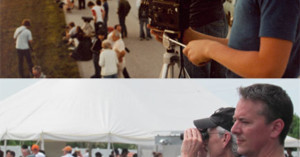
Musician Chris Bray was 13-years-old when he and his father attended the first ever launch of NASA's Space Shuttle program on April 12th, 1981. His mother snapped a photograph of the two standing ready with binoculars and a Super 8 camera. Last Friday, Bray (now 44) and his father (now nearly 70) were also in attendance at the final launch of the Shuttle program, and decided to recreate the photo they had taken together 30 years earlier.

There’s plenty of time lapse projects documenting the passage of time and the process of aging with …